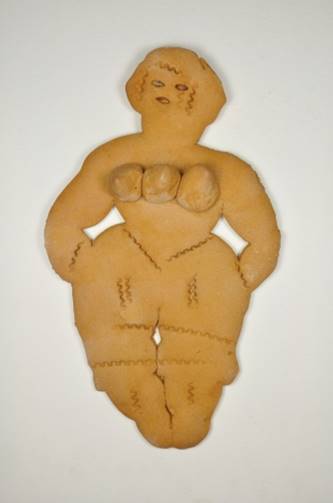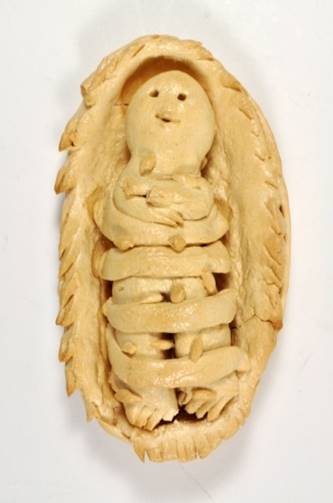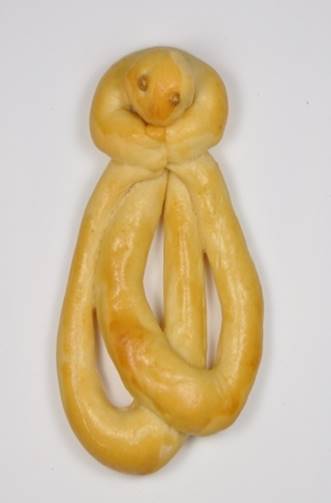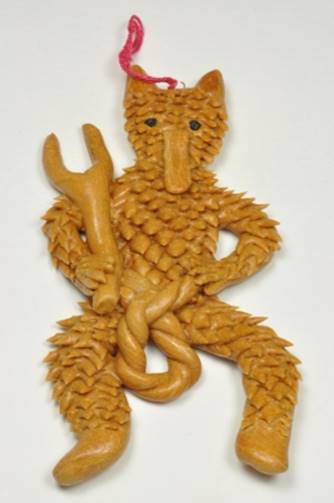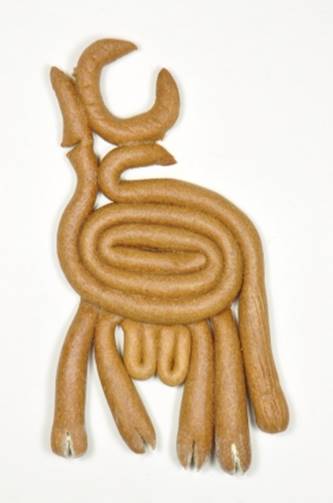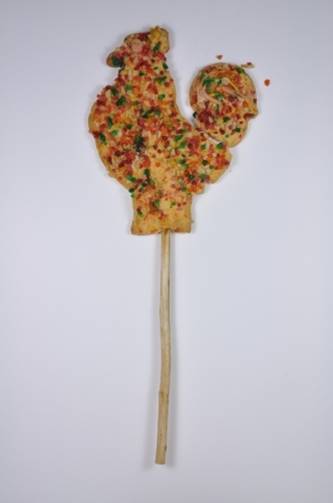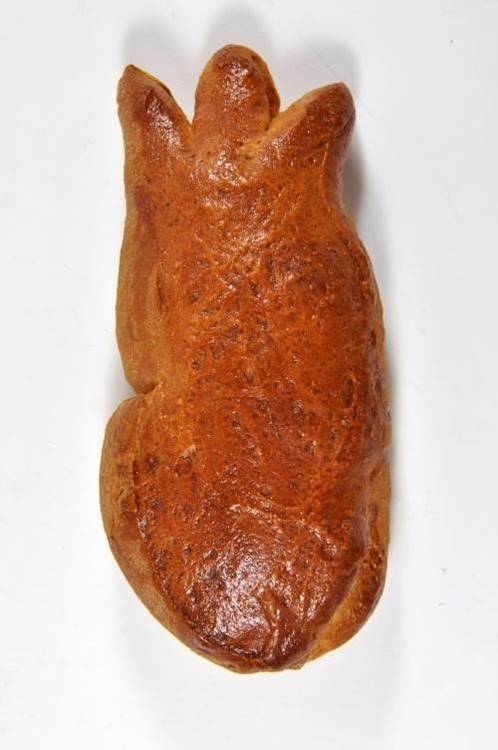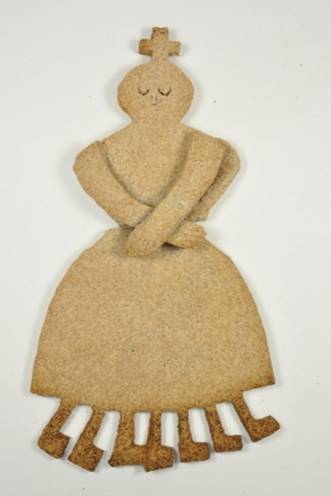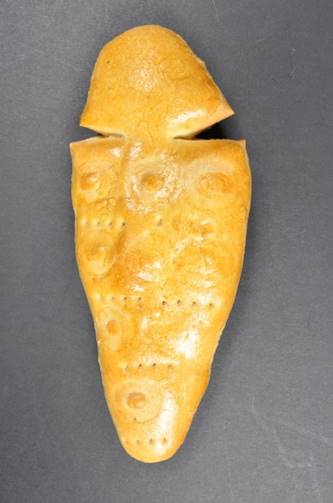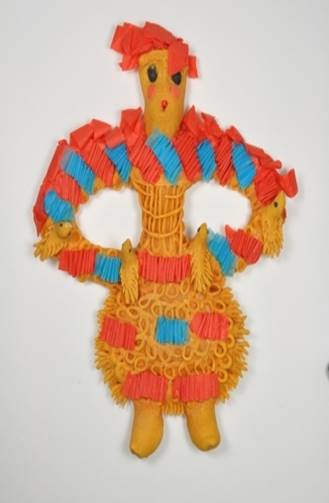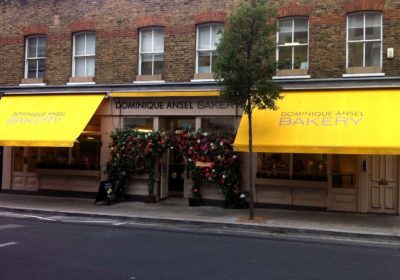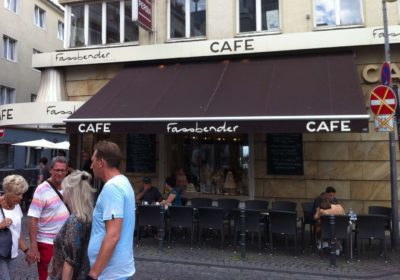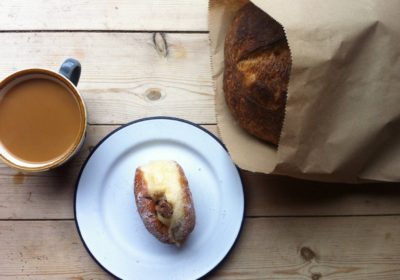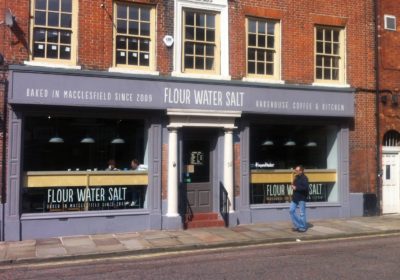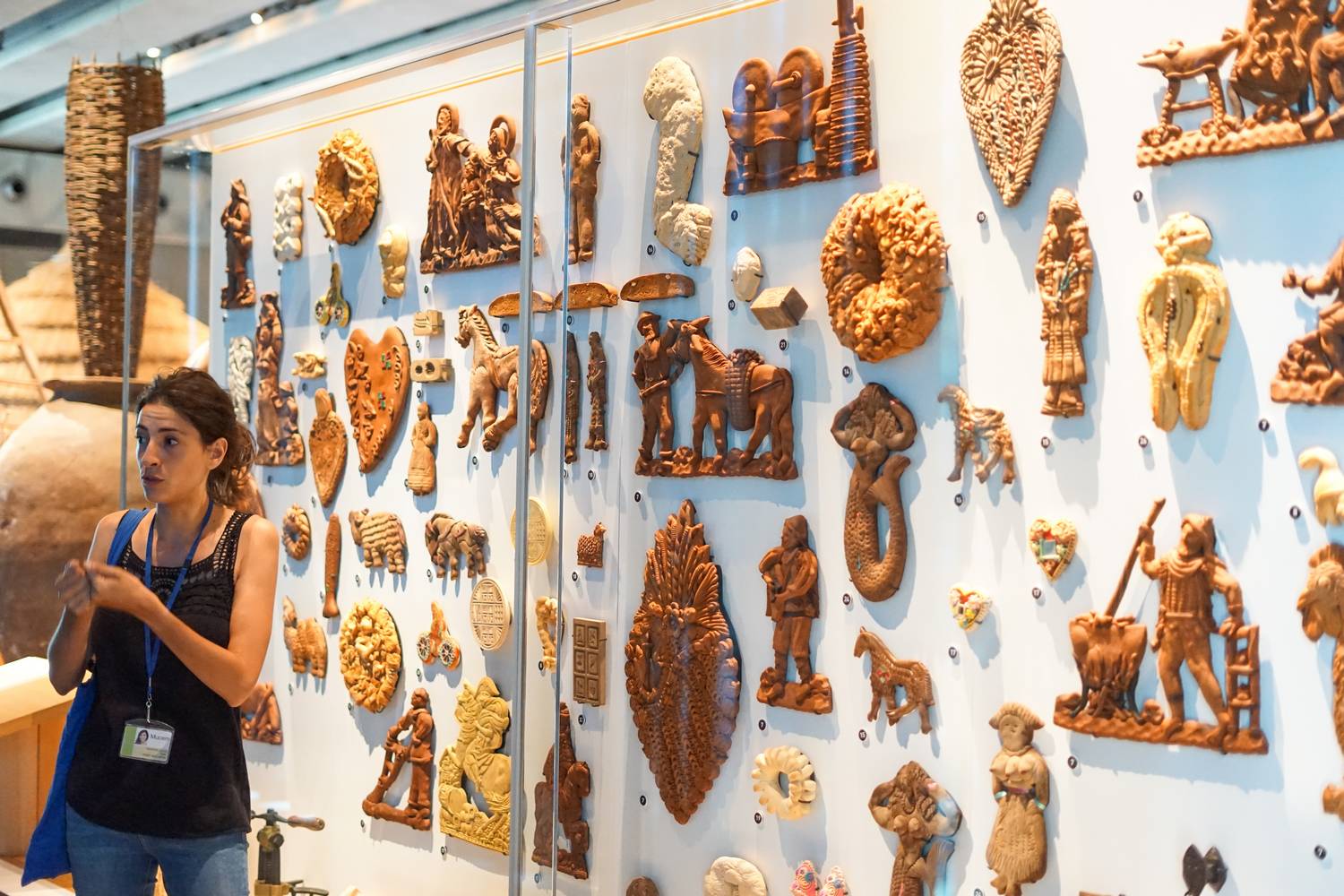
Bread has never been knowingly underestimated. Referred to as the ‘staff of life’, placed as the torn-at centrepiece of shared tables across civilisations and between cultures, the subject of political discord and a religious symbol. It’s no wonder then, that the Museum of the Civilisations of Europe and the Mediterranean (MuCEM) in Marseilles has devoted space and extended academic rigour to the not-so-modest subject of bread baking. What’s waiting for visitors inside the museum could certainly never be described as modest, emerging from the imaginations and ovens of more than your average baker.
A three-breasted bread goddess, baked in Frascati, Italy with two breasts of milk and one of wine, a potently fertile dough goat, baked and buried in the wheat fields of St Petersburg, Russia to boost the seasonal crop and the comparatively simple, symbolic shape of the solar cycle found in pretzels, born in Alsace, France, all lie side-by-side in a fascinating survey of European bread baking. It’s all just waiting to be discovered by bread lovers on the French Riviera. Emphasising local traditions founded or surviving into the 20th century, the bulk of Mucem’s collection sadly represents a time capsule of lost skills and terminal traditions, with many examples now extinct aside from breads still mainly baked for religious ceremonies.
Weddings are occasions when decorated breads are made in large quantities, with up to two thousand breads being made.
It’s unusual to see Bulgarian, honey-doused bread baked to resemble a chicken-pox infested child – evidently to ward off the virus – next to an Italian loaf depicting the devil, so where did such a diverse and unusual collection come from? The majority of the collection is down to the determination of one woman to ensure so many of the strangest and most beautiful European breads didn’t simply become crumbs swept away by history.
“1,027 breads came from a collector, Christine Armengaud, in 2004,” explains Curator of the Mucem Agriculture and Food Collections, Edouard de Laubrie. “She curated the exhibition: Sweet Devil, which was presented at La Villette in Paris in 2000. From 1996 to 2000, Christine travelled the whole of Europe and bought over 1,000 breads, which were baked especially for her. Now the collection also incorporates the bread collections of the Musée de l’Homme, the former National Museum of Popular Arts and Traditions and 74 breads from surveys of Italy and Greece.”
L-R: Mother goddess with three breasts from Frascati Italy, Lazarus lies in a coffin with worms depicting decomposition before resurrection from Sardinia Italy, Female snake for feeding the dreams and fears of children from Lusignan France, Devil bread to be used as Christmas tree decoration from Vidovice Czech Republic
De Laubrie himself has been party to overseas excursions to capture the threatened art of celebration bread making, with particular emphasis on Crete. He says: “The village of Anogia has a reputation for excellence in making decorated breads for rites of passage and their popularity among both Cretans and tourists ensures they survive. Weddings are occasions when decorated breads are made in large quantities, with up to two thousand breads being made.”
L-R: A deer contributing to the fertility of cattle, fields and women from Arkhangelsk Russia, Rooster marking the end of winter and infertility from Limoges France, La Cougnoux Jesus with two heads or a baby wrapped in swaddling from Belgium
Yet, haven’t we all got equally musty memories of museums and pieces of bread slowly making a new life for themselves, turning green at the bottom of a bread bin? It begs the question how Mucem, or anyone else for that matter, could preserve a loaf of bread for future generations as a window into endangered tradition. Doesn’t nature take over and you’re left with a cabinet of mould? “Several techniques are used by the museum to avoid infestation by insects or moulds,” explains de Laubrie. “One is the injection of resin into the bread replacing the empty spaces caused by air and yeast, similar to the treatment of archaeological waterlogged wood. The most common infestation is caused by woodworm. In this case, infested breads are placed in a freezer at – 25 ° C for one week. If we can’t keep an original loaf, there is the moulding of bread models as substitute for the original.”
L-R: A lady with seven legs each for eating one day per week during lent from Sardinia Italy, A newborn baby carrying chickenpox offered as a preventative by grandmothers from Bulgaria, Decorated saffron bread offered as gifts between engaged couples from Portugal
The diversity in the collection is breathtaking, with yeasted breads alongside more cakey compatriots, gingerbreads sneaking in alongside brioches. In amongst the choice, can de Laubrie pick out a favourite? “My favorite breads are from Greece,” he replies. “But, I also like “Mustaccioli Shaped Devil” made by Antonio Francesco Eramo at Soriano, Calabria, Italy. It is 55 cm high. Eramo is a real master, modelling the gingerbread dough with his team and then selling it during pilgrimages and local feasts.”
Musée des civilisations de l’Europe et de la Méditerranée
7 promenade Robert Laffont (esplanade du J4)
13002 Marseille
www.mucem.org


